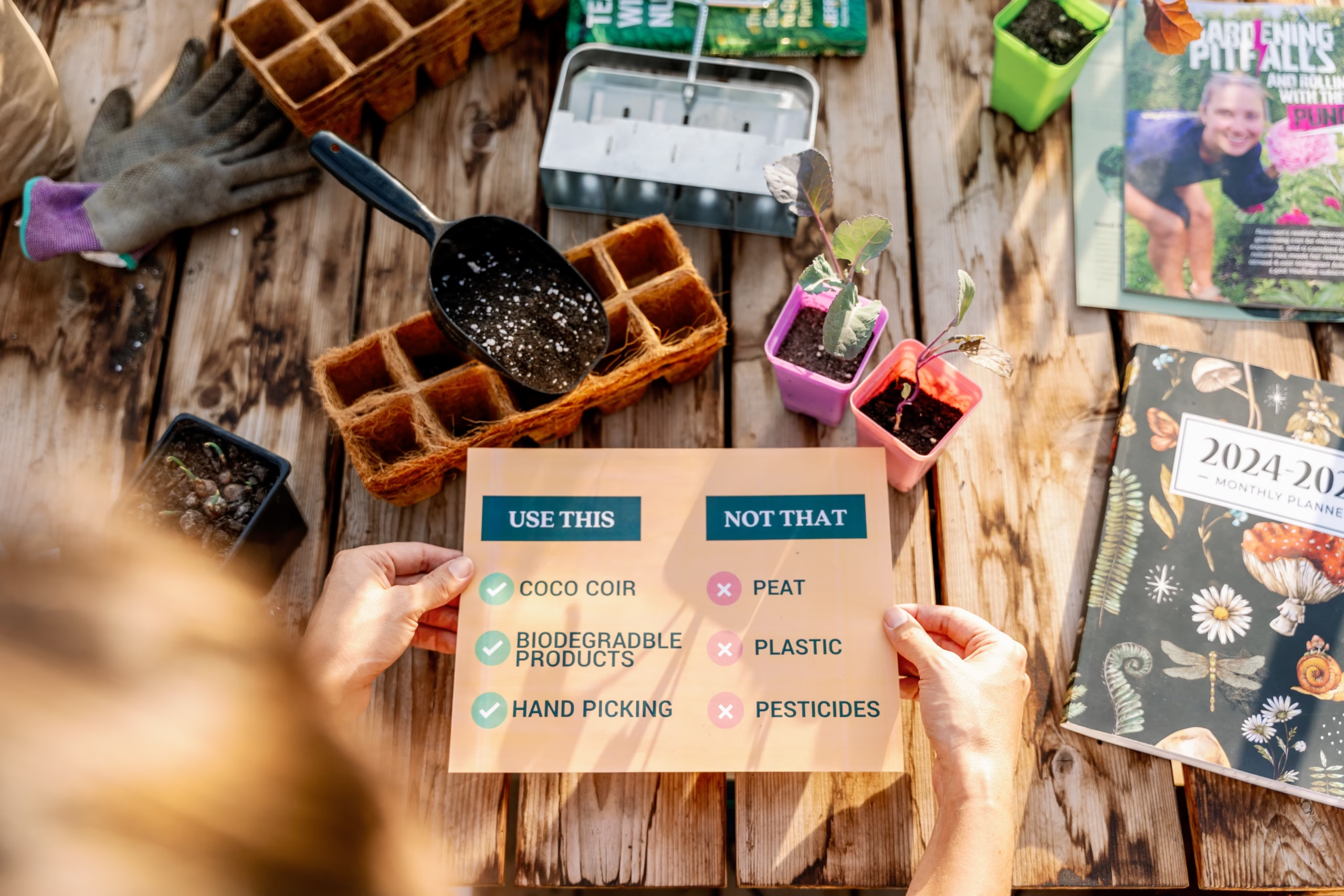

One of the best tools that you can add to your garden to protect your crops is bug, bird and insect netting. This is a simple tool that can be used on containers, raised garden beds, in ground and even on fruit bushes and trees. It’s easy to find, simple to install and makes a big difference with your garden crops.
There are many different types of netting that exist on the market now, from row covers to bags (flower bloom size to small tree size). Insect and bird netting are meant to protect your food, fruit and flowers from insects or birds that will steal your crop from you before you have a chance to harvest. When installed correctly, netting can reduce the amount of work you need to put in your garden to protect your crops.
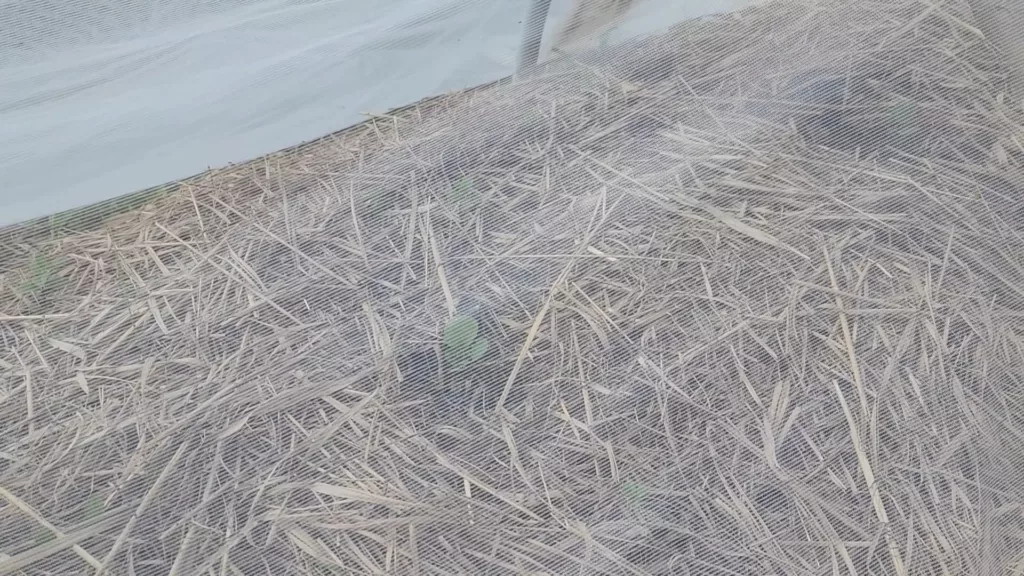
The first way to use netting is as bug or insect netting. This is perfect for crops such as lettuce, swiss chard, spinach, broccoli, cauliflower and cabbage.
The insect netting protects these plants from leaf miner and cabbage moth which are two of the more common garden pests you will face.

There are some interesting options on the market to protect your fruit from birds. Some people buy small net bags and wrap all of their apples or stone fruits in bags (which can be a lot of work!), while there are also medium sized netting bags on the market that can cover entire bushes. We wrap our cherry tree (bush style) in netting to prevent the birds from getting to the cherries before we do, while covering our currant bush to protect it from Japanese beetles. This type of protection is very effective, and luckily the netting can be used over multiple years.
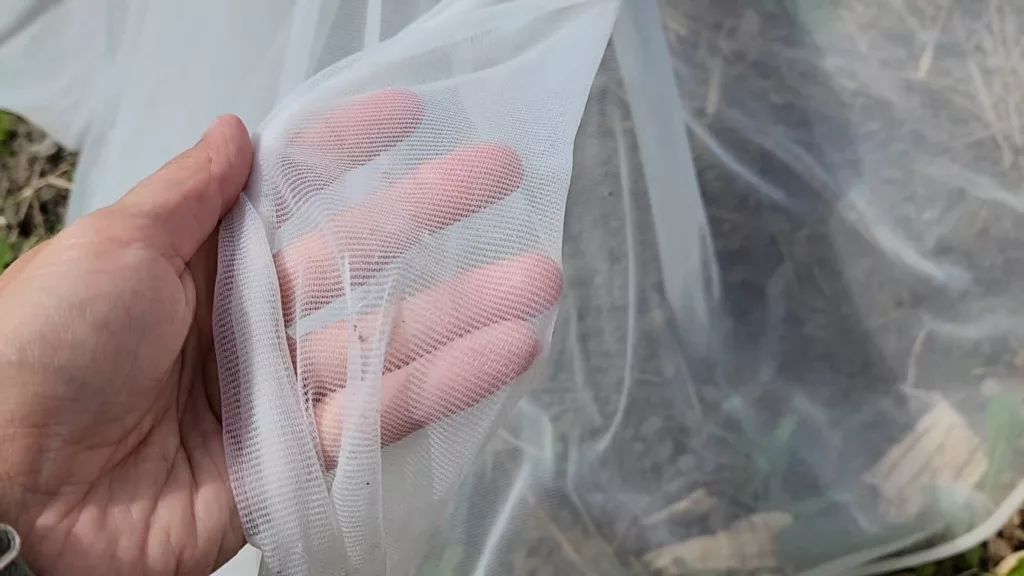
It’s important to note that not all netting is created equal. I have seen some really terrible products on the market. If you are going to use netting as a row cover, I highly recommend looking at a seed company that sells products to farmers rather than visiting your local hardware store. My insect netting is from William Dam and I couldn’t be happier with it. It’s much more like a fabric than it is plastic.
I have also gotten netting off of Amazon before, but again, the quality doesn’t compare. I did get my netting bags off of Amazon, however, and they work well. The quality isn’t the same as my row cover but it definitely does the job. Here are the bags that I purchased so you can get an idea of what they look like.
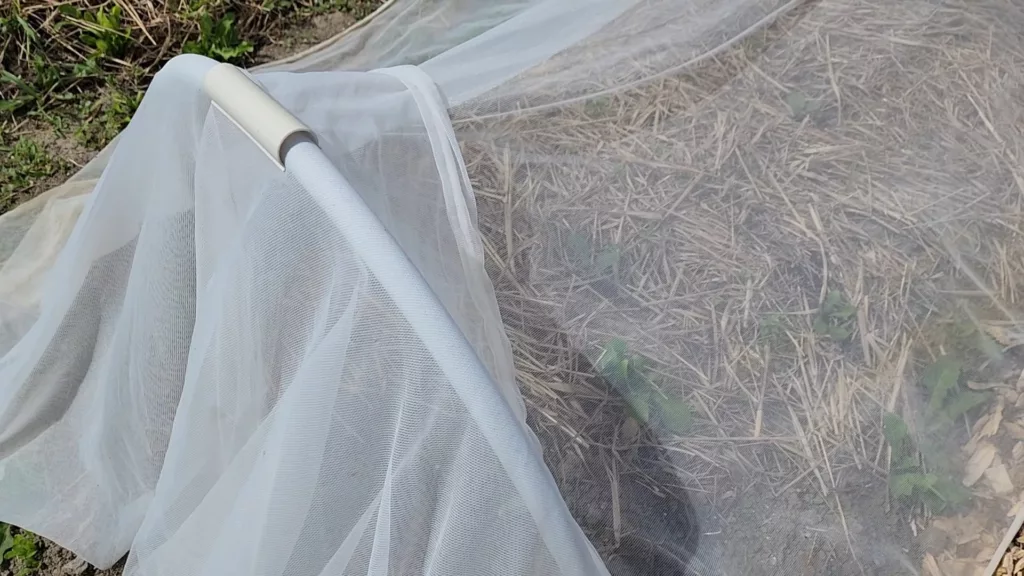
To install both the row or bag netting you need a structure for the netting to go around. This can be something as simple as stakes or a tomato cage. For row netting, I prefer to install mine on PVC hoops, however, you can get metal hoop kits depending on where you’re located.
For the bagged netting, you can place it directly over your bush or tree and the structure of the branches should be sufficient. However, if you want to protect your fruit from more than just birds I recommend putting a structure around the tree or bush to prevent the netting from resting directly on the plant.
When installing the netting never let your plants touch it as it allows insects access to the plant and they can still lay their eggs. If you want to start low and slowly raise your netting as the plants grow, this is an option. The other option is to install the netting at a height where your plants will grow into it so you don’t need to remove it during their growing season.
Insect netting is the perfect tool for any vegetable that doesn’t require pollination. This would be your leafy greens or brassicas, or any plant that doesn’t flower. If a plant requires pollination to go to fruit (cucumbers, zucchini, peppers, eggplant) than insect netting will prevent you from getting a harvest.
Similar for fruit trees, don’t put the bird netting on until after the flowers have been pollinated and fruit starts to develop. The bird and insect netting will help protect the fruit as it grows but it first needs to be pollinated.

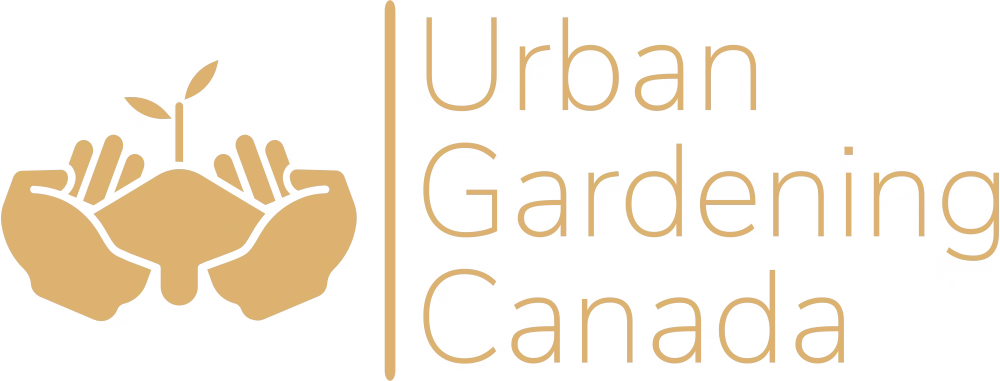
Gardening Advice for Short Season Gardeners
Privacy Policy • Terms and Conditions
© 2025 by Urban Gardening Canada